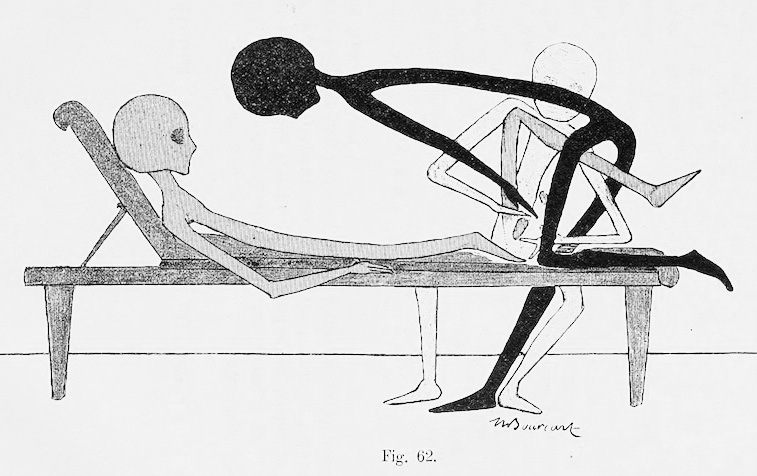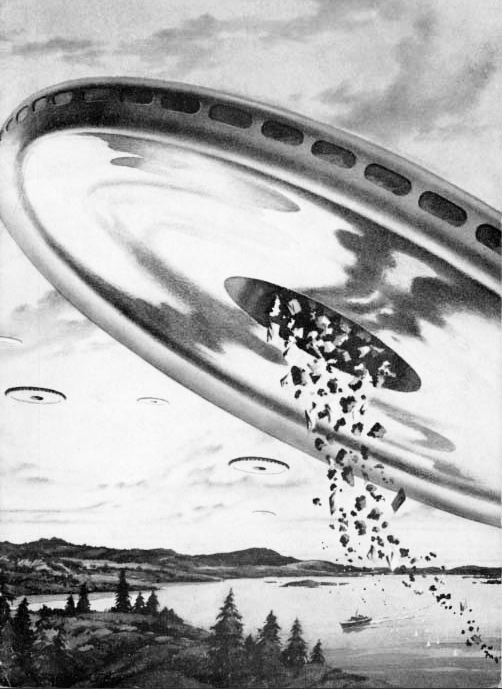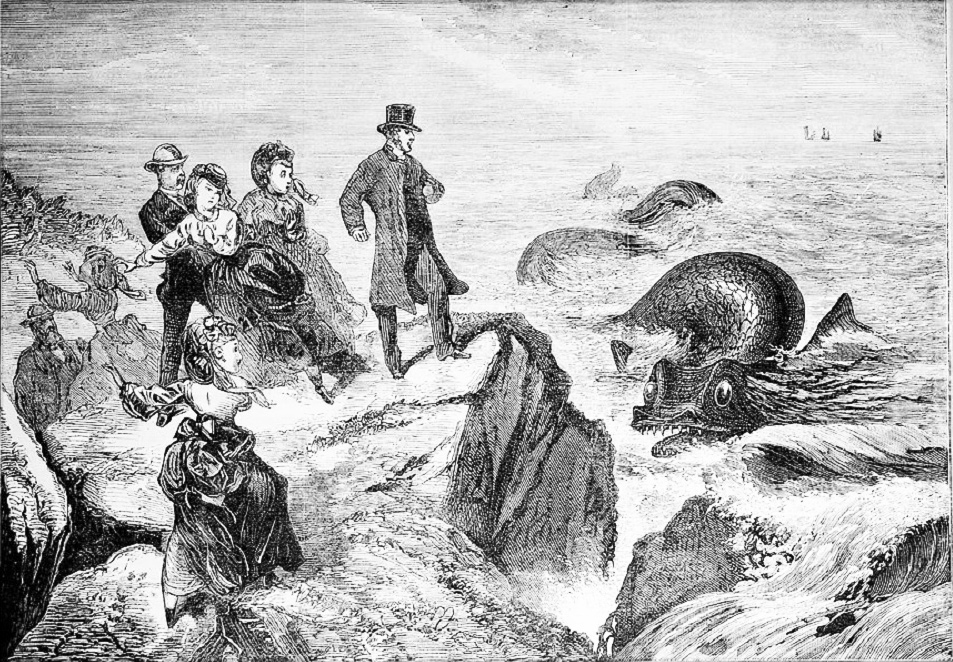Issue submissions – Now Open
Fearsome Critters Without Borders, with a Few Oneiric and Subconscious Beasts
“The lumber regions are contracting.”
-William T. Cox, Fearsome Critters of the Lumberwoods
“Man is perhaps not the center, not the focus of the universe. One may go as far as to believe that there exists above him on the animal level beings whose behaviour is as alien to him as his own must be to the day fly or the whale.”
-André Breton, Prolegomena to a Third Manifesto or Not
At the “Bigfoot Expedition” museum in the southern foothills of the Appalachians, we find, behind glass display cases, objects of reverence: mangled pie-tins, crushed peanut butter jars, tufts of fur, and molds cast from generous hominoid feet. A diorama shows two woodsmen desperately pushing against the door of their cabin—a single furry arm breaks through, while the headphones fill our ears with shouts, grunts, and bangs. Something wants to come in. Like the inverse of some holy annunciation, we find ourselves in the presence of alien relics; the freakshow saints of the forest, promising terror or salvation, in the form of monstrous inside-out evangelism. We know the subversive potential of receiving guests, and especially, of taking seriously what they see, how they see us. All so-called “Enlightenment” stems from these encounters, the perspective of a visitation that throws the (all too misguided) assumptions about the natural order of things into a visible crisis. Strangers come from the depths of the forests and the lakes, from other worlds, from hearsay and whispers, the constellation of unknowns that roughly coagulate into a darksome “out there”.
Some people have found it depressing that there is a scientific classification of the kinds of living things around us (even if it remains changing and incomplete) and imagine that this has somehow “killed” living nature. Others on the contrary still consider the natural environment on the whole as a hostile chaos. But the multitude of creatures rarely cares about whether it has been classified or not, and rarely has concerns that could easily be translated as good or bad. This indifference might be highly compelling, commendable or scary, but so might any curiosity. Mutual curiosity. Who’s watching whom? Which type of presences do we conceptualize as separate other beings? What is a lifeform? Where does discreteness, integrity and intentionality emerge? What are we literally haunted by? Some things seem to always move around in the periphery of our vision, or in the deep dusk, or in the blackest night, or solidified in rock, or miniaturized, or just on the other side of the house wall. Who’s curious about whom then? Who instigates the conversation? When are they incomprehensible and unrecognizable, and when will they take the form of characteristic creatures out of one or the other popular mythology? Is it largely in the eyes of the beholder, or do certain landscapes produce certain beasts, or is it about the cultural setting? When is the landscape already full of creatures of old traditional mythologies? Have those old trolls and elves and werewolves and forest nymphs and pixies and nixies been chased off, or have they colonized new lands? Are they still recognisable and have they evolved? When do more recent popular mythologies, or even contemporary ones, have a free reign? The introjected myths of colonized peoples, the lurkers in the periphery where lonely frontier workers walk, the different types of aliens, the most elusive animal species, and the film monsters! But also the auratic objects that speak to us, or even the trivial ones? The disembodied voices, the vague intentions in the air? Do they intermingle, merge or compete? Who prompts a reclassification of whom? And how do they keep interfering with our lives? Whose messages can we read? Can the provocative absence of their interventions haunt us too? What consequences does it have for the way we perceive and organize life? With whom are we ready to open a conversation? Poets are perhaps the ones that should be least prejudiced, right?
Ultimately, the possibility for something that moves in a different way has obsessed us because it brings with it the chance of extension and transformation of the world, its miseries, its trajectories and so-called inevitabilities. In the 17th century Europe was beset by the sudden visibility of alternate models and societies, the critique came in the form of encounter-texts, often tales of discovery and extended tourism, dialogue, and black humor rebukes of clear and distinct injustices. We cannot help but imagine a new outpouring of imaginative dialogue, not with human visitors this time, but with those mobile “out-theres”, the ever-present legendary beasts and fearsome critters, the extra-terrestrial visitors and the hair-raising misinterpretations that plague the few remaining and precious zones of ambiguity in our world; whether in the odd geographical corners, pockets of wilderness, or at the cusp of hypnagogic plunge, where the borders of sleep bring us closer to new forms of life. Yes, the time has come for a new encounter and a discussion with the “Philosophical Cryptid”, the hairy Micromegas of the backwoods, the slobbering utopian. Bigfoot leaves her sign in the form of crossed branches; the psychoanalysis of footprints and remnants dares us to interpret more than just the possibility for categorizing some new biota; they ask us to change everything we know about ourselves.
For its next collective excursion, Peculiar Mormyrid sets up camp in the foothills, across the forest, making excursions into all the most remote pastures. Our goal? To find evidence, track movements, gaze at the stars, prepare for our guests, and ultimately, to define a new “Critter Theory” to terrorize our era. Seeking to learn from the varied outputs of the Forteans, UFOlogists and cryptozoologists, from the imaginative hypotheticals of Jules Verne to the systematic sea serpentology of Oudemans and his epigones. We ask what transformative surrealist potential there is in pursuing the “data of the damned”, and simultaneously, celebrate its most extreme and challenging fringes for imaginative power. Beyond just what may or may not be “real”, we want to know what lies behind the phenomena, what joys and terrors and secret desires drive us to pursue such strange extra-scientific researches. Send along your evidence, your cryptid dreams, your alien encounters; your theories and your local monsters, your psychoanalytic interpretations. Play games with the sounds of the forest at night, dream up localities and beasts. Above all, we are looking for collective experiences and ideas that will contribute to a re-awakening of our own perspective, towards those hovering globules of potential, what Breton invoked as “the Great Invisibles”, that we happily conflate with the monstrosities of the popular imagination.
Send your evidences and ephemera to: peculiarmormyrid@hotmail.com




Blog submissions
The Peculiar Mormyrid Blog is now open for general submissions on an ongoing basis. If you have something to communicate or an opinion to express on a topic of interest to surrealism or the surrealist movement, please submit. These submissions can be anything in the service of the marvelous, the poetic, or the revolutionary, but especially more casual, occasional or informational material than would be submitted to the journal. We think the blog would be an ideal place for essays on surrealism, news items, reviews, tracts, declarations, games, questions, surveys, rants, dream accounts, reactions to contemporary situations or other content that is explicitly surrealist in intent.
Blog submissions can be sent at anytime to:
